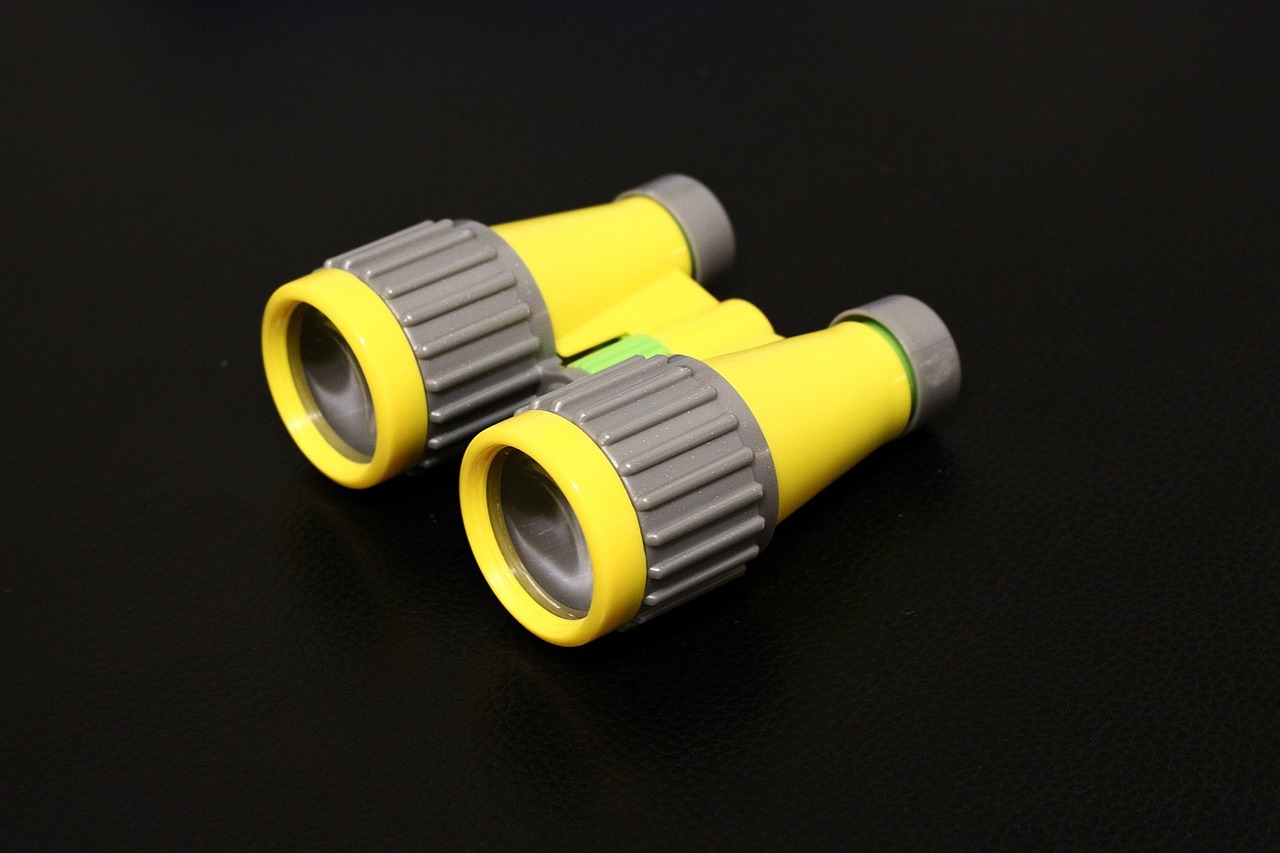Engaging in outdoor activities, such as hiking through dark woods, spotting rare species, or simply taking in the peace and quiet of a beautiful setting, can be a thrilling and satisfying experience. But it’s essential to make sure you have the necessary tools to make your investigations more effective. A pair of waterproof binoculars is one item that should always be in your bag.
Binoculars offer an unusual look into the world, enabling us to see the wonders of nature up close, identify far-off locations, and record breath-taking moments. But while you’re out in nature, erratic weather, unexpected downpours, or activities involving water might endanger your expensive optics. Waterproof binoculars may help in this situation by providing sturdiness, dependability, and security in any weather.
We’ll go into the world of waterproof binoculars in this post and provide you useful information so you can choose the best pair with ease. In order to ensure that your binoculars are not only waterproof but also give great optical performance, we’ll look at a number of things to take into consideration, from waterproof ratings and lens coatings to size and weight.
It is important to keep in mind that you should avoid splashing electrical outlets with water to avoid electrical risks and property damage. To ensure safe and pleasurable use, be sure to adhere to all safety precautions and instructions given with your binoculars.
The advice and suggestions provided here will help you choose waterproof binoculars that suit your requirements and interests, whether you are an ardent birdwatcher, a nature lover, or an outdoor explorer looking to improve your experiences. You can brave any weather and immerse yourself in the mesmerizing beauty of the natural world with the proper set of waterproof binoculars in your hands.
So let’s explore the world of waterproof binoculars and learn the skills that will take your outdoor adventures to the next level!
1. Waterproof Rating
Choose binoculars with a high grade for waterproofness. An IPX (Ingress Protection) code, such as IPX7 or IPX8, is frequently used to represent the rating. The binoculars are more water-resistant the higher the number. Make sure the waterproof rating corresponds to the amount of water exposure you anticipate when engaging in outdoor activities.
2. Optics Quality
Choose binoculars with excellent optics that provide clear, clean pictures. For increased visual brightness and contrast, look for features like multi-coated lenses that improve light transmission and reduce reflections.
3. Magnification and Objective Lens Diameter
Consider along the magnification and objective lens diameter that are most appropriate for the application. Although closer views are provided by higher magnification, it may compromise stability and field of vision. Larger objective lenses collect more light, producing brighter views, but they can also add size and weight to the binoculars.
4. Size and Weight
Think about the portability feature. Binoculars that are waterproof exist in a range of sizes and weights. Lighter and more compact types can be more appropriate if you want to carry them for a longer period of time or on tough adventures. But remember that bigger binoculars with bigger objective lenses often provide better visual quality.
5. Durability
In addition to resisting water exposure, waterproof binoculars should be durable enough to survive the elements. In order to avoid internal fogging in a range of temperatures, look for models with a strong construction, rubberized armor for increased grip and shock resistance, and nitrogen purging.
6. Ergonomics
Make sure the binoculars are comfortable in your hands and that the focus wheel and diopter settings are simple to change. Think about features like eyecups that can be twisted up to suit eyeglass wearers and a central hinge that can be adjusted to precisely fit your eyes.
7. Budget
Based on your needs and objectives, establish a reasonable budget. Consider the qualities that are most essential to you and strike a balance between quality and budget. Waterproof binoculars come in a range of pricing points. Some of the best waterproof binoculars that are suitable for beginners are relatively affordable. Despite having a low-price tag, these binoculars can still get the job done. To know more about buying affordable but reliable binoculars, check out our Guide to Choosing Binoculars.
8. User Reviews and Recommendations
Read reviews and ask for advice from other customers or subject-matter experts. Real-world experiences can offer useful data on the functionality, dependability, and general enjoyment of particular binocular types.
Conclusion
It’s important to get the best waterproof binoculars to improve your outdoor experiences. Don’t forget to take into consideration the user reviews, budget, size, weight, durability, and optics quality. By carefully considering these criteria, you may confidently select binoculars that survive the weather and provide great performance, enabling you to completely appreciate nature’s beauty. Happy adventuring!
